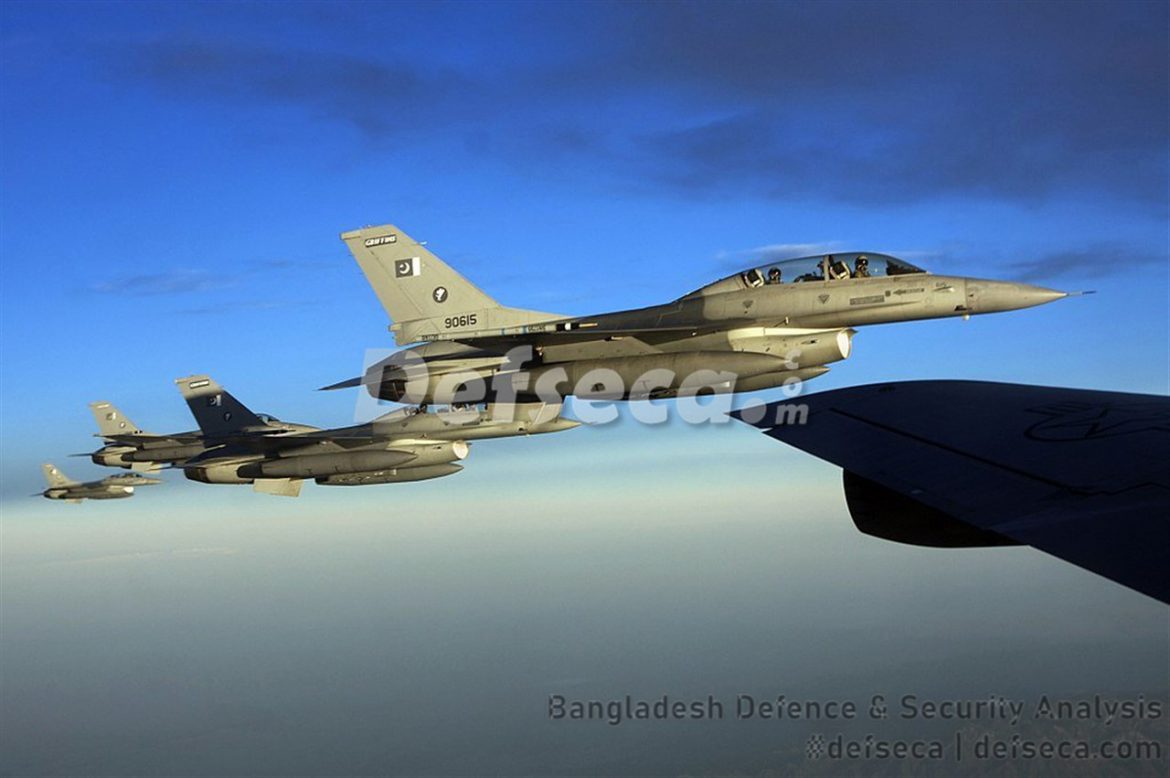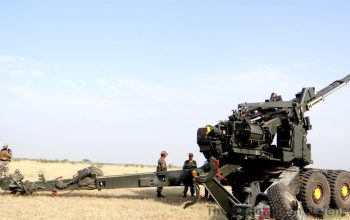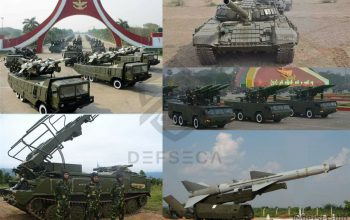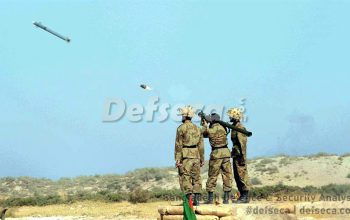The Pakistan Air Force is the second largest air force in the South Asian sub-continent. It’s main role is to provide aerial defence of Pakistan, with a secondary role of providing air defence to the Pakistan Army and Navy.
With an organisational manpower strength of 70,000 personnel It operates under the auspices of the Ministry of Defence (Pakistan). The force’s motto is “Be deserts or rivers, all lie under my wings”. It symbolises the tenacity and passion of the people of Pakistan for their country.
The 72 year old organisation is commanded by a four-star ranked air officer Air Chief Marshal, who is appointed by the President of the Islamic Republic of Pakistan.
There are five commands within the Pakistan Air Force’s structure with the Air Force Strategic Command (AFSC) located in Islamabad. Furthermore there is a Northern Air Command (NAC) in Peshawar, Central Air Command (CAC) Lahore, Southern Air Command (SAC) Karachi and the Air Defence Command at Rawalpindi.
The PAF maintains 27 air bases, comprising of 14 flying bases and 13 non-flying bases. The flying bases operate during peace and wartime whereas the non-flying bases conduct training, administrative, maintenance, air defence operations or mission support accordingly.
The Pakistan Air Force is a war-ready organisation with a combat track record comparable to some of the best air forces in the world. It distinguished itself in several wars including Arab-Israeli wars, the 1965 and 1971 wars with neighbouring India. It recently fought and destroyed at least one Indian Air Force fighter which made an aggressive incursion in to Pakistani airspace.
Today’s PAF is equipped with primarily Mirage 5, F-16, JF-17 and F-7 fighters. The combat force is supported by two types of AEW&CS including Saab 2000 and Shaanxi ZDK-03. It also operates some Falcon 20 for EW and radar jamming roles.
There are also several Ilyushin Il-78MP aerial refueling tankers to support the Pakistan Air Force’s fighter fleet.
Transportation is carried out by Saab 2000, Harbin Y-12, CN-235 and C-130B/E/L-100 aircraft.
The PAF’s rotary wing fleet consists of a small number of AW139, Bell 412, UH-1, Mi-17, SA330 and Alouette III.
Training aircraft includes a large number of Super Mushak primary trainers, aged T-37Cs, K-8P jet trainers, FT-7 conversional trainers and FT-6 jet trainers.
The Pakistan Air Force also operates an increasing number of surveillance and reconnaissance drones including Burraq, CH-4, Jasoos II, Shahpar and Falco. The country’s aeronautical industry has an extensive UAV manufacturing capability.
In short the Pakistan Air Force is a force that is experienced, it utilises its meagre budget in a very professional manner and most importantly its pilot training and skill level can be summed up as possibly the best amongst any developing country.
In saying that Pakistan Air Force has several shortcomings in its transportation capabilities with most of the fleet very old. It lacks twin engine multi-role combat aircraft that are in service with all major neighbouring countries including its arch rival India.
The Pakistan Air Force’s key challenge will be to maintain a strong deterrence capability well in to the future in relation to ever growing Indian Air Force. It may not be able to win any wars but the PAF’s capabilities at least at present ensures that it is still a very strong deterrent against foreign aggressors.




